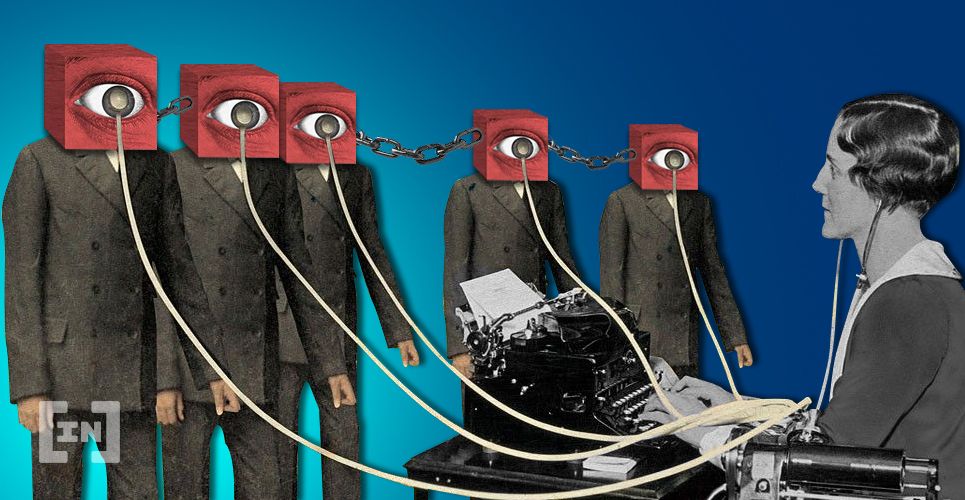CIA Labs is Interested in Blockchain Tech
The CIA announced CIA Labs on Sept. 21, stating that the new department is a member of the Federal Laboratory Consortium.Through CIA Labs, officers will be able to work with experts in a variety of fields. Among them is “distributed ledger/blockchain-enabled technologies.” It’s not immediately clear from the press release exactly how the CIA’s interest in blockchain technology will manifest. However, the agency states that CIA Labs will research, develop, test, and engineer new solutions to challenges, while also improving existing solutions. In addition to blockchain technology, the new department will also focus on the areas such as advanced materials and manufacturing, artificial intelligence, machine learning, and data analytics. Among other fields of interest mentioned in the release are bioscience and biotechnology, VR and AR, quantum computing, future wireless and telecom technologies, and, finally, robotics.Introducing… #CIALabs, joining @federallabs
— CIA (@CIA) September 21, 2020
Today, we launched #CIALabs, a federal laboratory and in-house research and development arm for #CIA to drive science and tech breakthroughs for tomorrow's intel challenges.
Learn more: https://t.co/Fsj5AvEIma#MondayMotivation pic.twitter.com/YykExRMaj8
Gov’t Agencies Work with Blockchain Analytics Tools
The launch of CIA Labs isn’t the first time a federal law enforcement agency has signaled interest in blockchain technology. BeInCrypto reported earlier this year about government agencies’ collaboration with the blockchain forensics firm Chainalysis. The CIA already uses a piece of Chainalysis software known as Reactor. This tool helps various government agencies to link cryptocurrency transactions with real-world threat actors. An example of Chainalysis collaborating with government agencies to bring wrongdoers to justice was the Welcome 2 Video bust. Blockchain data allowed U.S. law enforcement to track down the administrator of what some describe as the largest child pornography website ever. Moreover, linking Bitcoin (BTC) transactions to other individuals provided evidence of their own participation. Therefore, the information was integral to the arrest of 337 others involved in the website. Although not explicit in its motives, examples like the bringing down of the Welcome 2 Video site, as well an estimated $1.36 billion in other illicit transactions involving blockchain technology, provide a powerful incentive for agencies like the CIA to improve its ability to monitor distributed ledgers.Disclaimer
In adherence to the Trust Project guidelines, BeInCrypto is committed to unbiased, transparent reporting. This news article aims to provide accurate, timely information. However, readers are advised to verify facts independently and consult with a professional before making any decisions based on this content. Please note that our Terms and Conditions, Privacy Policy, and Disclaimers have been updated.

